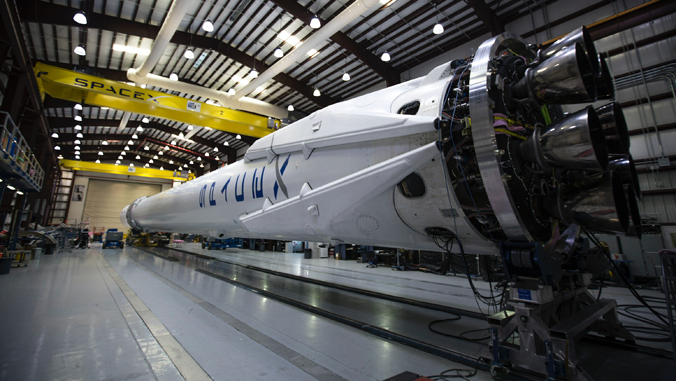
An upgraded aerospace engineering concentration (AEC) program at the University of Hawaiʻi at Mānoa is set to take flight, resulting in more educational opportunities for aerospace engineering students and the promise of expanding the field’s local workforce.
AEC, which launched in 2019, will be transferred from the bachelor of science program in engineering science to the bachelor of science program in mechanical engineering beginning in fall 2021. This move will streamline curriculum offerings, as many courses in aerospace engineering overlap with mechanical engineering. It is also expected to increase student enrollment in the program, since mechanical engineering students will no longer need to switch majors to engineering science.
The College of Engineering and the School of Ocean and Earth Science and Technology (SOEST) have also agreed to integrate curricular elements of the Earth and Planetary Exploration Technology (EPET) certificate program in SOEST’s Hawaiʻi Institute of Geophysics and Planetology into the AEC.
“With the growth in the aerospace sector, whether it’s the Air Force or Space Force or by the private sector and both here in Hawaiʻi and across the globe, it is even more critical that the College of Engineering and other units like SOEST be able to offer programs like the new aerospace engineering program within our mechanical engineering department so that our graduates can take advantage of these rapidly growing opportunities and employers can have a local workforce from which to pull from,” College of Engineering Dean Brennon Morioka said “It is exciting for us to be a part of these new growth areas in our economy, especially at a time when Hawaiʻi is trying to redefine some of our economic priorities.”
Associate Professor Dilmurat Azimov teaches mechanical engineering courses, such as Mechanical Engineering (ME) 451 Feedback Control Systems, which are required in the AEC track.
“The AEC allows for the students to stay competitive in the aerospace market and provides great opportunities for participating in the development of aerospace technologies, including the Earth and planetary exploration technologies, and contributing to space exploration missions,” Azimov said. “We hope that this transfer will allow us to attract students to aerospace engineering and to contribute to the sustainability in student enrollment and Hawaiʻi’s aerospace job market.”
Integrated aerospace projects
Four courses in the current AEC curriculum will be replaced by EPET courses. Assistant Researcher and Hawaiʻi Space Grant Consortium Deputy Director Frances Zhu teaches EPET/ME 400 Space Mission Design, one of the new courses in the AEC track.
“Students at UH have consistently expressed interest in aerospace engineering. Three vertically integrated projects center around aerospace topics and these groups sum to over 50 students at any one time,” Zhu said. “UH has also listed space systems as a priority in its reorganization and strategic plan. The state of Hawaiʻi, and UH as the main higher education institution, needs to support the training of highly technical graduates. The field of robotics will be a mainstay for UH, Hawaiʻi and future space missions. Creating an atmosphere in which future students can learn and work on aerospace engineering projects increases the interest and participation in the field.”
This program is an example of UH Mānoa’s goals of Enhancing Student Success (PDF) and Excellence in Research: Advancing the Research and Creative Work Enterprise (PDF), two of four goals identified in the 2015–25 Strategic Plan (PDF), updated in December 2020.

